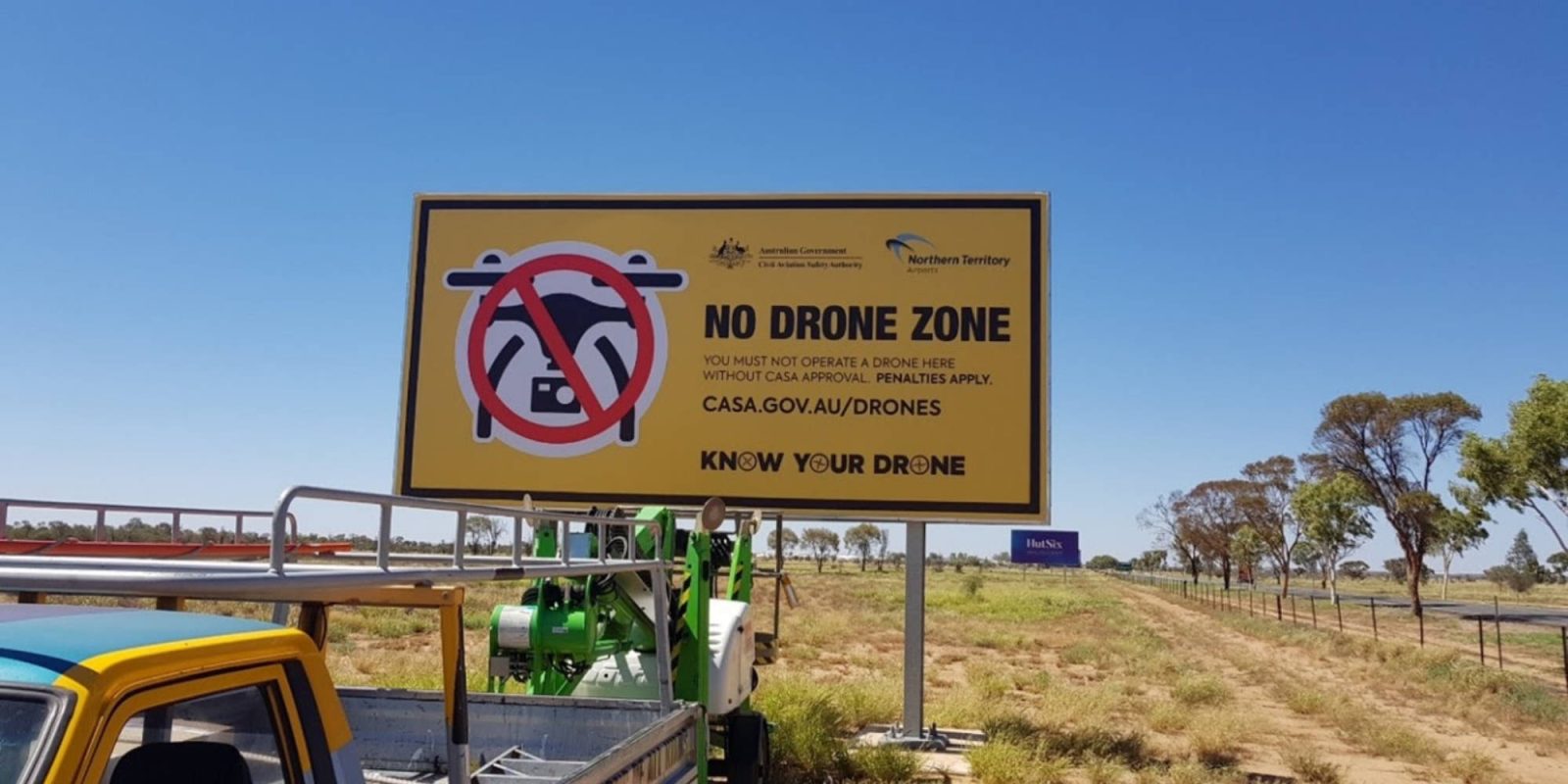
Concerned about increasing reports of drones penetrating controlled airspaces – particularly those surrounding the nation’s airports – Australia’s Civil Aviation and Safety Authority (CASA) has chosen four apps to operate a test run of instant access request processing similar to the Federal Aviation Administration’s Low Altitude Authorization and Notification Capability (LAANC) system.
The CASA experiment will initially involve four of the nine drone safety apps it had already authorized to provide pilots with real-time information about restricted airspaces around them, or in areas where they are planning to fly craft. In addition to that, the quartet of aerial service companies will now also instantly process flight approval requests for operations in the controlled zones around the Canberra, Adelaide, and Perth airports. If that proves effective, the project could feasibly be broadened to other partners and extended across the country, as LAANC is in the US.
CASA says access requests may be made by certified drone pilots wanting to fly within five kilometers of the three airports, using apps by AVCRM, FlyFreely, Ok2fly, and Wing’s OpenSky. Unlike LAANC, however, CASA’s test run will only be open to organizations – primarily enterprise and public operators – and only process request for daytime flights planned within 30 days.
Still, David Cole, CEO of FlyFreely, thinks even that initially limited scope of the trial could be a boon to often frustrated drone pilots on professional missions near or in restricted areas.
“The no-fly-zone extends in a 5 km radius around controlled aerodromes, meaning many businesses that operate in and around these hubs are hamstrung in what they’re able to do,” Cole explains. “Up until now, professional drone operators wanting to gain access to the controlled airspace have had to pay ($570) per application and wait up to 30 days for CASA to approve the request. We’re now able to provide instant authorizations at no cost during the trial.”
The test run comes amid rising cases of drones reportedly violating restricted air spaces. That was a major reason CASA joined forces with aerial safety tech companies last year to provide pilots real-time flight and situational awareness information in the first place. But with the number of UAVs taking to the Australian skies rising, the rate of infractions has kept pace – resulting in a spike of near-miss incidents with traditional craft.
According reports, Australia’s Air Traffic Safety Board recently revealed there were 194 of those close call encounters last year, compared to 87 in 2016 and 628 for the entire decade covering 2010 to 2020.
FTC: We use income earning auto affiliate links. More.


Comments